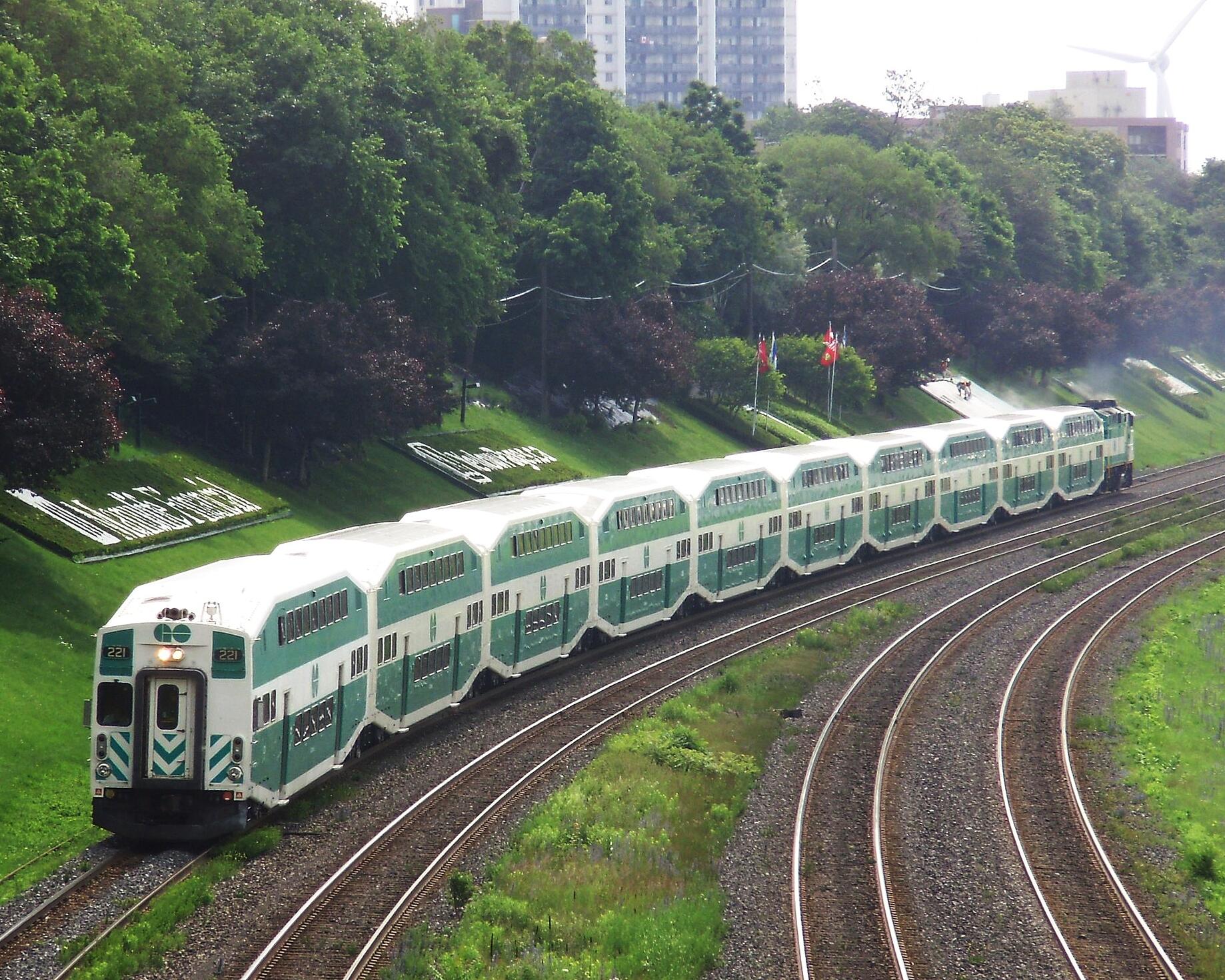Estimated reading time: 5 minutes

I feel as though I should start this blog by saying I am neither for nor against the GO Train expansion into Niagara. I’m more in favour of making educated decisions, especially ones of this size and potential impact to numerous facets of life in Niagara. That being said, I do want to address the GO argument. We’ve been hearing a lot about how the GO Train in Niagara will be the economic saving grace for the region and now, more than ever, it’s featured quite heavily in the news. There are positive elements and unanswered questions to this expansion and the unanswered questions side doesn’t seem to have quite as much documentation. When examining the GO Train expansion, the businesses in Niagara should have a focus just as much as the daily commuters. I’ve put together a list of some of the positive elements and potential issues/unanswered questions of having the GO Train extend to Niagara Falls.
Extending service to Niagara
The Niagara Region’s population and employment are forecast to increase approximately 20% overall within 25 years, with the highest growth in the cities of Niagara Falls and Welland. The expected growth in population and employment is expected to generate significant transportation demand.
Last week, Metrolinx released a report saying that Niagara was not a GO priority. The Region will be presenting a business plan, developed by the Niagara Region, in an effort to stress the importance and economic benefits to Premier Kathleen Wynne. Retired GO Transit president Gary McNeil was recently hired as a consultant for the business plan.
Positive elements
Unified Region
There has been a seemingly unanimous response from all twelve municipalities within the Niagara Region. St. Catharines mayor Walter Sendzik and Niagara Falls mayor Jim Diodati recently sat down with Sun Media to discuss the implications of extending the service. They stressed the importance of the Niagara Region and its unified thinking on the subject.
Relieve congestion
The QEW is always congested and the expansion will help to alleviate traffic and will ultimately connect Niagara with the GTA. When there is traffic or an accident, the QEW essentially slows down. There are no other arteries to the GTA and even the GO buses, which have done extremely well in Niagara, are at the mercy of traffic.
Solid ridership
Niagara has had a solid and successful ridership with the GO bus service, with a 20% growth as compared to the provincial average of 3%. It shows a strong desire for the Region to be on an alternative mode of transportation. In addition to improving the daily lives of commuters (who are travelling outside the Region - whether it be Hamilton, Oakville, or downtown Toronto), it also has the potential to increase the tourism market, specifically in Niagara Falls and attract new student recruits to Brock University and Niagara College.
Creating a presence during budget talks
The Region is putting together the argument for the GO Train in an effort to make it irrefutable. The goal is to have the meeting before the end of March. As the province heads into budget talks, Niagara GO will be at the forefront of the conversation.
Potential Issues/Unanswered Questions
The alternative side of the GO expansion have not been featured as predominantly in the news, or even in most discussions. The focus has been on the benefit to the Region and that in order for Niagara to emerge from troubling economic times, GO Train service is key. However, what if that isn’t the case?
Small commuter pool
Niagara’s commuter pool isn’t as large as early estimates predicted they would be. While there is definitely a demand for ridership, it may not be the economic saviour it's been touted as being. While Niagara may attract new students, there is still the question of how the area will retain young professionals. Niagara has one of the highest unemployment rates in Ontario, with upwards of 20% of young adults unemployed.
Lack of proper inter-municipal infrastructure
The regions that are doing well economically have great connectivity through transportation networks. Niagara’s inter-municipal transit leaves something to be desired. The focus should first be on helping people move within the Niagara Region. The proper inter-municipal infrastructure should be in place, regardless of a GO expansion or not. How will smaller municipalities take advantage of the GO station? How will Niagara reap the full benefits of the increases in the tourism market if tourists are essentially confined to Niagara Falls?
The fate of business in Niagara
I was surprised at the lack of conversation regarding the future of businesses in Niagara if the GO Train expansion comes to the Region. While the expansion will benefit the service industry and housing markets, it could be detrimental for B2B. It will be difficult for these businesses to grow in the area and we run the risk of becoming a bedroom community. I know the discussion about development charges in Niagara continue to negatively impact future development for businesses outside the area, as current costs to build combined with high development charges force potential new businesses to consider alternative areas. My main unanswered question is what will the introduction of GO do to increase the potential for new businesses to either relocate here or build new facilities? I don’t have an answer, and I can’t seem to find a clear one out there, so this needs to be discussed, debated, and researched.
It will be interesting to see the business plan to see the effect that the GO Train expansion will have on the Niagara Region as a whole - both for people commuting outside the Region for work and for the businesses that continue to operate from within.






